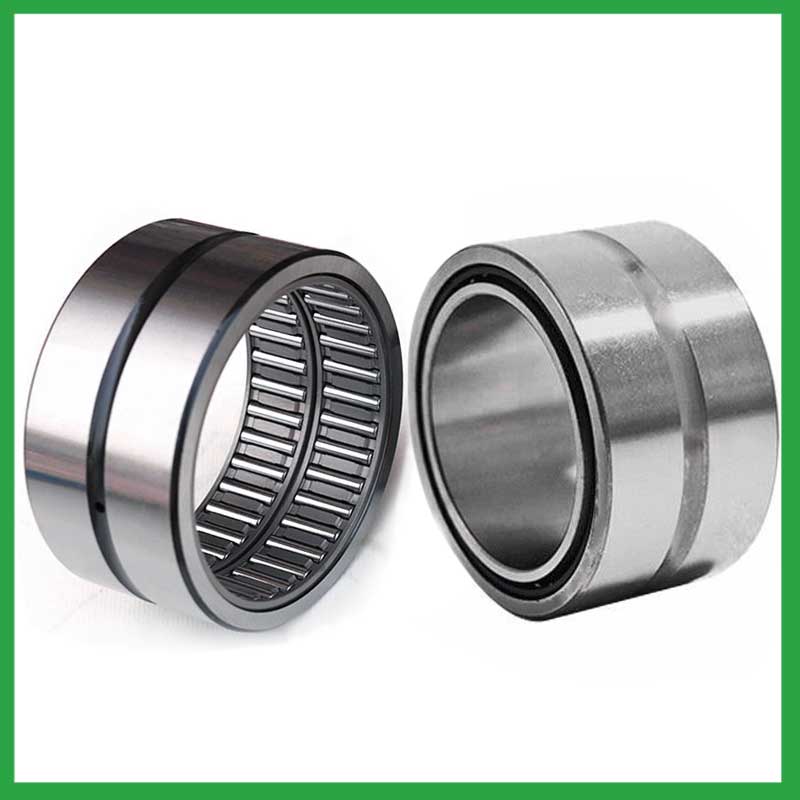PRODUCTS
CONTACT US
Ningbo Nide International Co., Ltd.
一一
· Contact person:Jack Zeng
· Mob/Whatspp/WeChat:0086-13738869026
· Email:emarketing@nide-group.com;marketing4@nide-group.com
· Add:No. 169, Wohushan Road, Daqi Subdistrict, Beilun District, Ningbo, China

Nide team could manufacture ball bearing as per customer’s drawing and samples.
If customer only has samples, we could also design drawing fo r our customer.
We also provide customized service.
Our ball bearing is widely applied the different industrials.
Established in 2010, Ningbo Haishu Nide International Co., Ltd is a modern enterprise specializing in the production of high-density bearings, with a factory area of over 9000 square meters. We have an excellent staff team, excellent production lines, and complete testing methods. Our main products are spherical roller bearings, cylindrical roller bearings, commutator,thermal protector,ball bearing,insulation paper,fan,magnet, etc.
At present, our products have been sold to America,Africa,Asia and other regions, as well as more than 50 countries and regions such as Morocco,French Polynesia,Uzbekistan. Strict quality control system, plus strong technical team allow us to offer the reliable machines to our customers. The philosophy of ” Service, Profession, Prompt, Innovation” help us to win the customer favor.
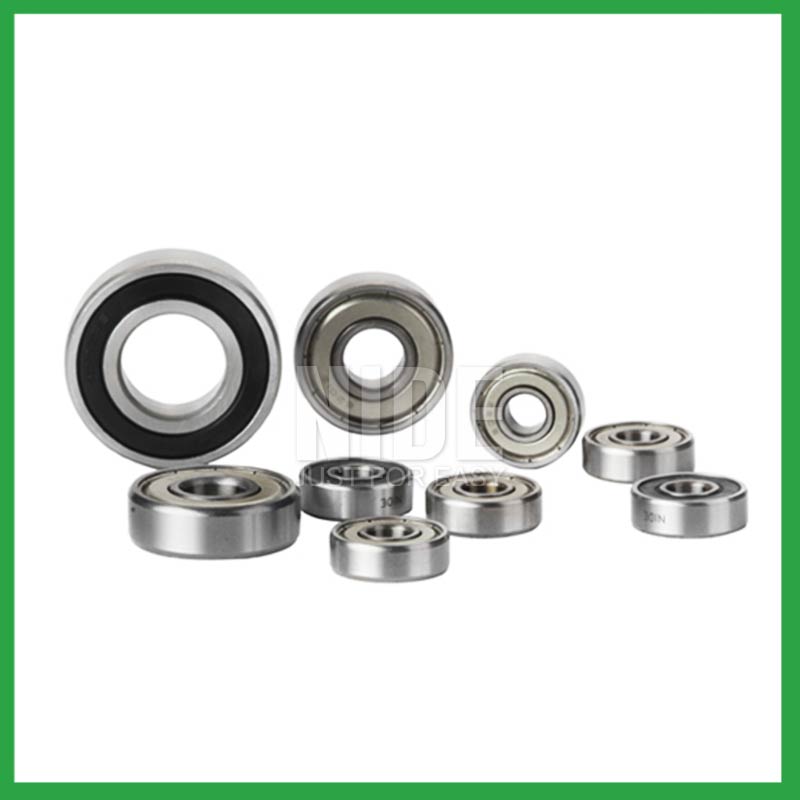
| Parameter | Information |
| Product Name | ball bearing cage types |
| Place of Origin | China |
| Brand Name | Nide |
| Material | stainless steel, etc. |
| Type | Ball |
| Warranty | 3months-1year |
| Port | Ningbo/Shanghai |
| Application | food processing machinery,textile machinery, etc. |
| Size(mm) | customize |
| Color | white+customized |
| Precision Rating | as per customer's requirement |
| Certification | ISO 9001 Certification,CE-stator coil forming machine,CE-stator coil lacing machine,etc |
| Feature | Good wear resistance,Strong carrying capacity...etc |
| Packaging Details | Suitable for sea transportation |
| Service | one-stop service |
| Model Number | ball bearing |
| Supply Ability | 100000-500000 Piece/Pieces per Month |
| Lead time (days) | 15-20 (To be negotiated) |
Please note: The above table data is for reference only. For specific information, please contact us.
ball bearing cage types require thrust for installation, which can be achieved by using a combination ring made of steel sleeve and transmission rubber, or by using an adjustment plate to tighten the bolt to form a combination ring installation structure.
Before use, the model, size, and design of the ball bearing should be confirmed to ensure suitable application;
During installation, the installation load of the ball bearing should be minimized as much as possible to avoid unnecessary damage;
The bearing shaft and the bearing frame should be stable at the same time to avoid excessive tension.
Ball bearings have many advantages, making them highly competitive in the market.
Firstly, they are very durable and have good wear performance, making their service life longer than many other types of bearings.
Secondly, they are easy to install and can provide low friction performance in various applications.
Thirdly, they require a relatively low level of maintenance, making them cost-effective.
In addition, compared to many other types of bearings, their purchase cost is relatively low, making them an economical choice.




ball bearing cage types---FAQs Guide
2.Can ball bearing cage types operate in high-temperature environments like industrial ovens or furnaces, and how are they protected from heat-related damage?
3.Where can ball bearing cage types be used?
4.About ball bearing cage types,Will you check the products before shipment?
5.Can ball bearing cage types be used in both vertical and horizontal orientations?
6.What are the ball bearing cage types product skill training options?
7.What is the significance of ball bearing cage types lubrication, and how does it affect bearing lifespan and performance?
8.How do cage materials and designs impact ball bearing cage types performance and stability?
9.As a ball bearing cage types manufacturer,What is your payment method?
10.Are there specific ball bearing cage types designed for applications in the aerospace and aviation industries, and what standards do they adhere to?
11.As a ball bearing cage types manufacturer,Your product certifications?
12.Can ball bearing cage types handle shock loads and high-impact conditions in heavy machinery?
13.How do preloaded ball bearing cage types enhance rigidity and reduce clearance in high-precision applications?
14.What anti-corrosion coatings or treatments are available for ball bearing cage types used in marine or outdoor applications?
15.What are the considerations for selecting sealed or shielded ball bearing cage types to protect against contamination and retain lubrication?
16.How do manufacturers address concerns related to bearing noise and vibration in sensitive equipment?
1.What are the considerations for choosing between open, shielded, or sealed ball bearing cage types in specific applications?
While sealed bearings offer superior protection and maintenance advantages, shielded ball bearing cage types can be more suitable in situations where minimal friction and operating temperature are crucial. It's essential to assess the operational environment and demands before making a selection.
2.Can ball bearing cage types operate in high-temperature environments like industrial ovens or furnaces, and how are they protected from heat-related damage?
ball bearing cage types are capable of working at temperatures up to +842°F (+450 °C). Special lubricants, seals and coatings make this possible by protecting the ball bearings from heat damage.
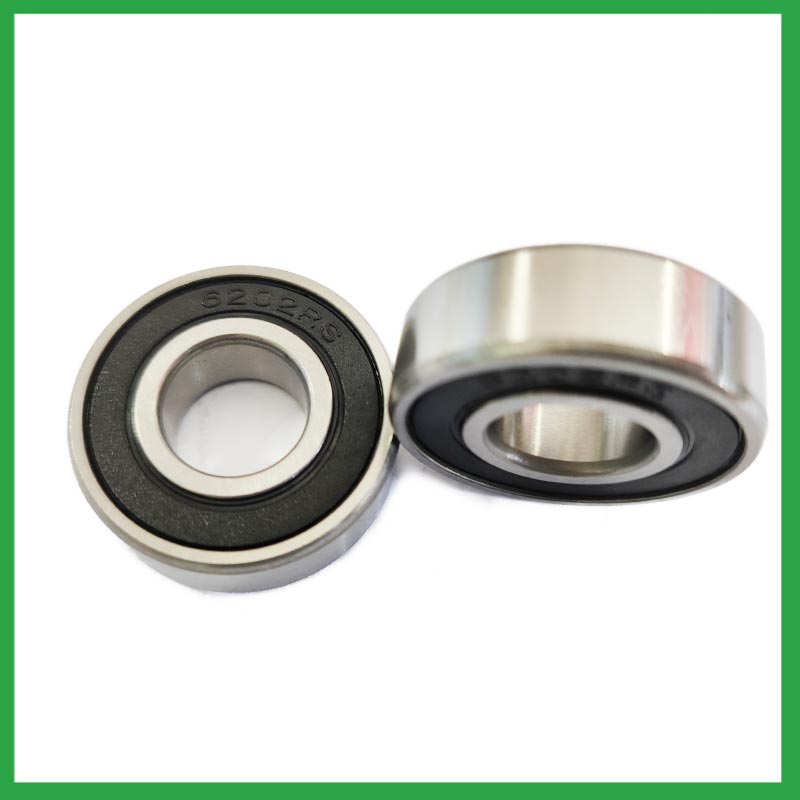
3.Where can ball bearing cage types be used?
ball bearing cage types are very versatile. They can be designed to withstand radial loads, axial loads and combined radial/axial loads at various operating speeds. These characteristics, combined with the relative cost and compactness of the design, give it universal appeal within the industry. Ball bearings are widely used in electric motors, gear reducers and pumps. Serving the automotive, home appliances, aerospace, oil and gas drilling, and mining sectors.
4.About ball bearing cage types,Will you check the products before shipment?
Yes, We have a professional QC team. Products will be strictly inspection before shipment.
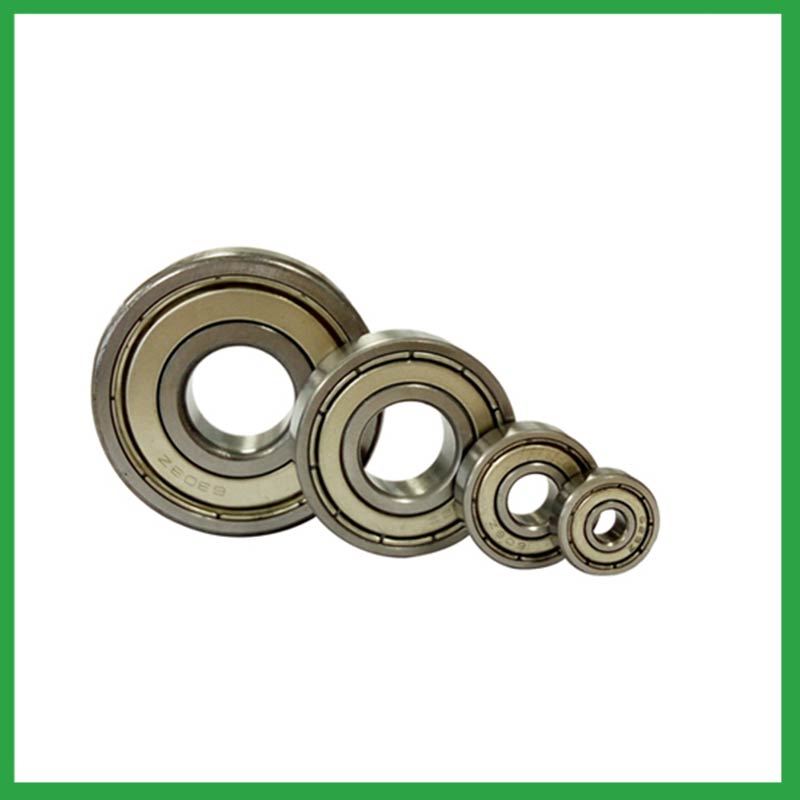
5.Can ball bearing cage types be used in both vertical and horizontal orientations?
Sleeve Bearings: Sleeve bearings, also known as plain bearings, employ a simple yet effective mechanism. A cylindrical sleeve separates the rotating shaft from the stationary portion of the bearing, reducing friction and enabling smooth rotation. Sleeve bearings are characterized by their quiet operation, cost-effectiveness, and suitability for horizontal mounting orientations.
Ball Bearings: Ball bearings introduce small metal balls between the moving parts, providing enhanced durability and reduced friction. This design allows for smoother and more efficient rotation, making ball bearings well-suited for high-performance applications and vertical installations.
6.What are the ball bearing cage types product skill training options?
Quality comes from being controlled rather than be done. On the basis of the escalating production equipment and optimized process, Nide spare no efforts and keeps improving for quality control. Quality assurance covered with system, technology and human resources are in full swing.
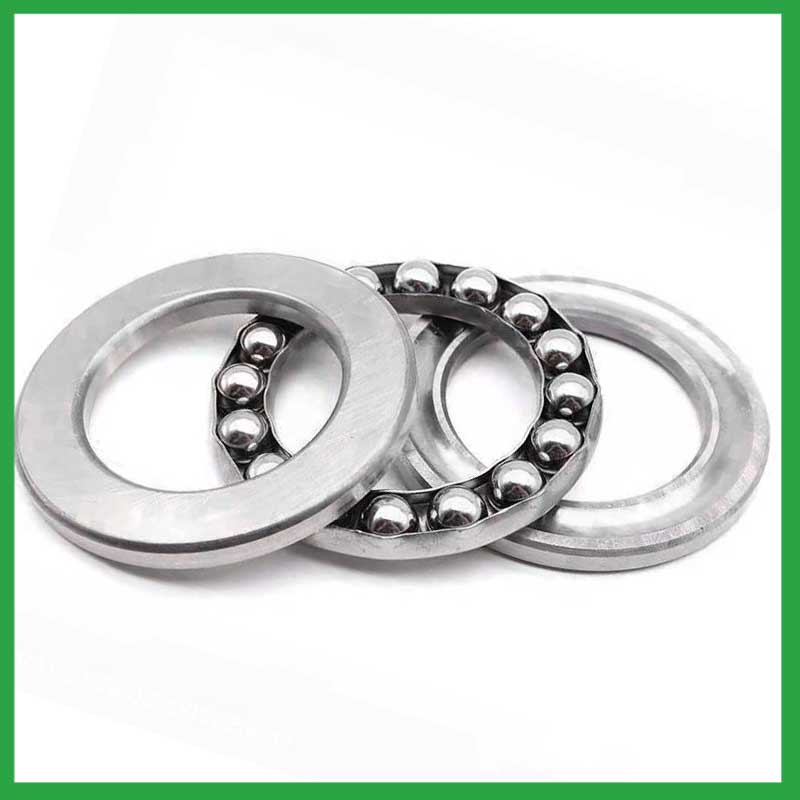
7.What is the significance of ball bearing cage types lubrication, and how does it affect bearing lifespan and performance?
Bearing lubrication is vital for preserving the performance and lifespan of rolling element bearings. Lubrication helps separate moving parts relative to one another, such as rollers and raceways or balls, to prevent wear and tear and friction.
8.How do cage materials and designs impact ball bearing cage types performance and stability?
As the core component of rotating machinery, the performance and reliability of high-precision ball bearing cage types directly affect the overall performance and life of the machine and instrument . The increase of the rotational speed will aggravate the collision and friction of the cage, which will lead to the decrease of the rotational stability of the cage. The unstable movement of the cage could in turn lead to more severe collision and wear, thus reducing the life and reliability or even the destruction of the bearing.
Therefore, it is very necessary to study the cage stability to guarantee the stable operation of bearings. However, the dynamic characteristics of the cage is very complex. Parameters such as load, rotational speed and lubrication may affect its kinematic and tribological conditions, which leads to the change of its motion behavior.
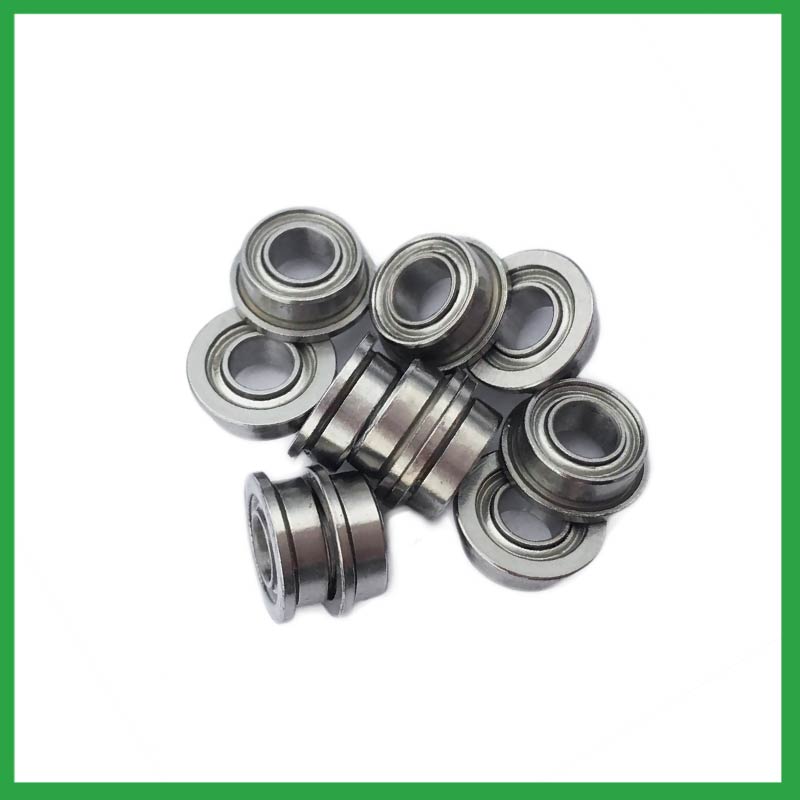
9.As a ball bearing cage types manufacturer,What is your payment method?
We accept T/T, PAYPAL or Western Union, credit card or via ALIBABA Assurance order.
10.Are there specific ball bearing cage types designed for applications in the aerospace and aviation industries, and what standards do they adhere to?
Airframe control ball bearing cage types are specialized bearings tailored for aircraft structures, particularly control systems and surfaces. Designed for low-speed oscillatory applications, they offer precision and support, effectively managing misalignments and flight-induced stresses.
Airframe Control bearings are lightweight, corrosion-resistant, grease-lubricated, and are sealed on most occasions. They come in precision grades for running accuracy.
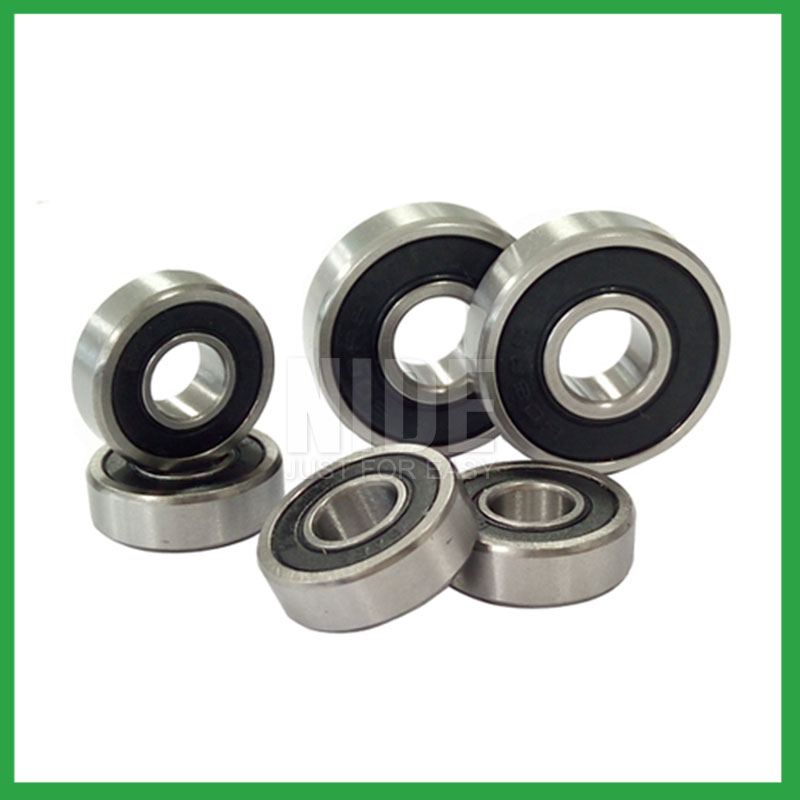
11.As a ball bearing cage types manufacturer,Your product certifications?
ISO9001:2015 certificate,ISO 9001 Certification,CE-stator,etc.
12.Can ball bearing cage types handle shock loads and high-impact conditions in heavy machinery?
As a general rule, ball bearing cage types are used at higher speeds and lighter loads than are roller bearings. Roller bearings perform better under shock and impact loading. Ball bearings tolerate misalignment better than roller bearings do. Roller bearings can handle heavy combined radial and thrust loads.
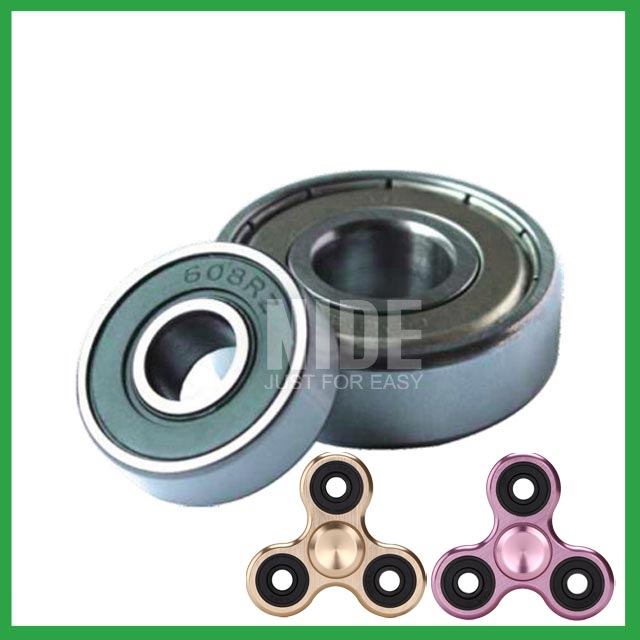
13.How do preloaded ball bearing cage types enhance rigidity and reduce clearance in high-precision applications?
Enhance Rigidity: By applying a controlled axial force, preload increases the bearing's resistance to external forces and moments. This heightened rigidity is essential in applications where any deflection or misalignment must be minimized, such as in machine tools or robotic systems.
14.What anti-corrosion coatings or treatments are available for ball bearing cage types used in marine or outdoor applications?
Corrosion Resistant Coatings.Whether ball bearing cage types are manufactured from stainless steel or from chrome, anti-corrosion coatings can be applied. Compared to the natural state of the base metal, these coatings make surfaces less chemically reactive. In their selection of treatments or coatings, some industries choose to consult with the manufacturer of the bearings they use. This is because surface engineering is a highly specialized undertaking. These coatings used for their anti-corrosion properties to protect bearings in harsh environments include the following:Passivation (of stainless steel),Carbide and titanium nitride,Galvanized zinc,Nickel plating,Cadmium plating,TDC (thin dense chrome).
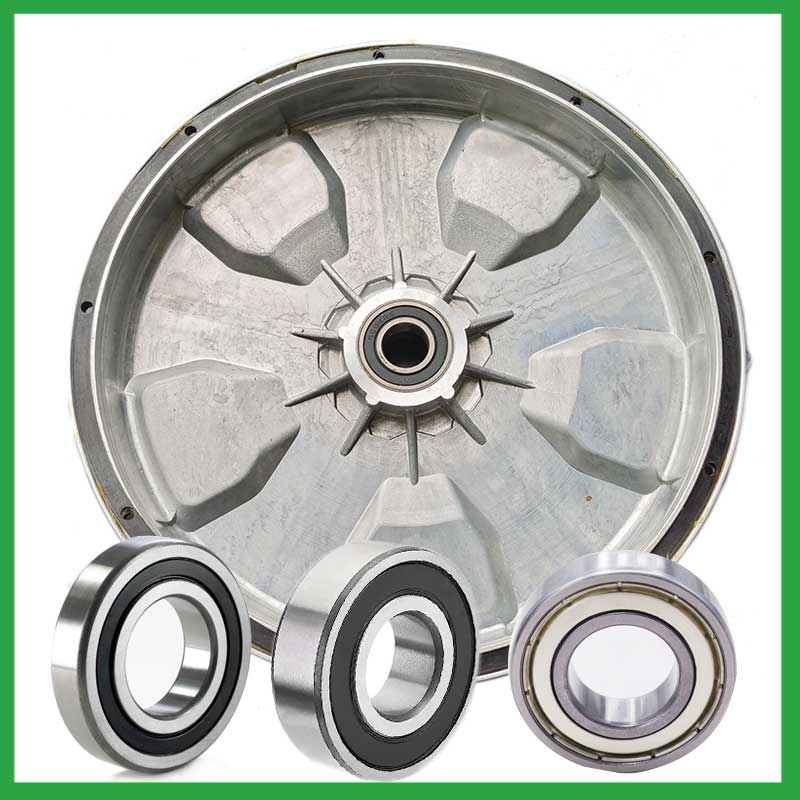
15.What are the considerations for selecting sealed or shielded ball bearing cage types to protect against contamination and retain lubrication?
First, the environment in which your ball bearing cage types operate in can help you identify potential contaminants, allowing you to select your shields or seals accordingly. For example, shielded bearings have a gap that can allow finer contaminants or water from washdown applications to enter the bearing and get into the raceways.The challenge for sealing bearings is to seal the bearing by protecting the bearing from contaminants and running efficiencies.
16.How do manufacturers address concerns related to bearing noise and vibration in sensitive equipment?
From a ball bearing cage types manufacturing perspective, a low noise or vibration rating is achieved by paying attention to the surface finish of the raceways and balls, their roundness, and selecting the correct cage design. Finely filtered low noise greases can also be used to reduce vibrations.
